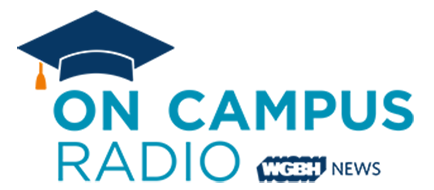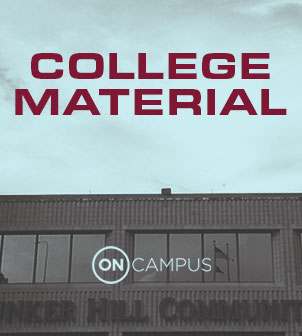
Over the past decade, the percentage of students enrolled at U.S. for-profit institutions has more than doubled.
Today, the for-profit sector - comprised of more than 3,500 technical and career schools - enrolls 11 percent of all students in American higher education.
But the same industry also accounts for nearly halfof all student loan defaults.
"There are problems in the sector," said U.S. Education Undersecretary Ted Mitchell.
Mitchell has led the Obama administration's unprecedented crackdown on for-profit chains like Corinthian Colleges and ITT Technical Institute, but he says fraud and abuse don’t permeate the whole sector.
"There are very good for-profit institutions serving low-income, first generation students and we applaud that work. But there are also bad actors and we will not hesitate to take action," Mitchell said.
Related: ITT Tech To Close All Schools
The government has been scrutinizing the industry ever since the recession, when some for-profit schools aggressively targeted laid-off adult workers and enrollment spiked.
Many of those students borrowed thousands of dollars, dropped out, couldn't find a job and then defaulted on their loans.
Despite some bad actors, people within the industry say the vast majority of for-profit colleges meet a particular occupational demands that wouldn't otherwise be met.
“We are focused on occupational skills. We are not focused on broad liberal arts academic programs and so we can serve a different constituency that otherwise has no opportunity for post-secondary education,” said Steve Gunderson, president and CEO of Career Education Colleges and Universities, a for-profit trade group representing hundreds of schools.
Gunderson, a former Republican congressman from Wisconsin, admits that there are predatory schools but he says most for-profit colleges are educating students who wouldn't otherwise get any degree - or practical hands-on training.
Related: Nation's Largest College Accreditor Itself Faces Deaccreditation
Still, intense government and public scrutiny, along with some bad PR, have given the industry a black eye. As the Obama administration continues to crackdown on his industry, Gunderson has been spending more of his time defending it.
“If you want to look at where there is innovation in academic programming, and academic delivery, it's in our schools because, frankly, we don't have the public sector bureaucracy that the others have to go through to modify their academic programs to respond to the changes in innovation and technology in society,” Gunderson said.
Critics, though, say students would be better served at less expensive community colleges, the for-profits' primary competitors. But others say for-profits help tens of thousands of students who are currently under-served.
“We have needs for people with technical certificates and a lot of our technical certificate programs at community colleges are way oversubscribed,” said Paul Reville, who teaches at Harvard's Graduate School of Education.
Community college are packed, in part because states have chronically under-funded them.
In the meantime, the Obama administration is pushing both to reign in fraudulent for-profit schools, and to boost funding for their competition - the community colleges that educate most Americans.
Earlier: In Competitive Higher Ed Marketplace, Colleges Rebrand










